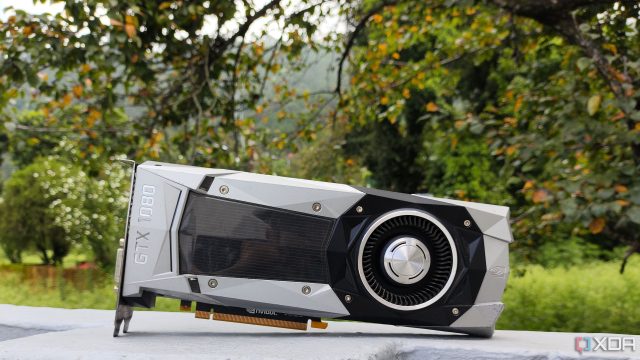Ask any PC enthusiast who’s been here for a decade or more about the greatest GPU lineup to ever come out, and you’d probably hear a long monologue about Nvidia’s “Pascal” GTX 10 series. These GPUs not only left AMD far behind in 2016, but did something that no other GPU lineup has been able to do ever since. Not only did Pascal boast phenomenal performance-per-watt numbers, but it was also relatively affordable, widely available, and free of major faults and bugs.
Since then, the GPU launches we’ve seen from Nvidia have either been overpriced without offering much in return, affected by unprecedented shortages, or heavily cut down relative to previous generations. In the case of the latest RTX 50 series, each of those issues are at play at the same time. Is it just me or did Nvidia peak with the GTX 10 series?
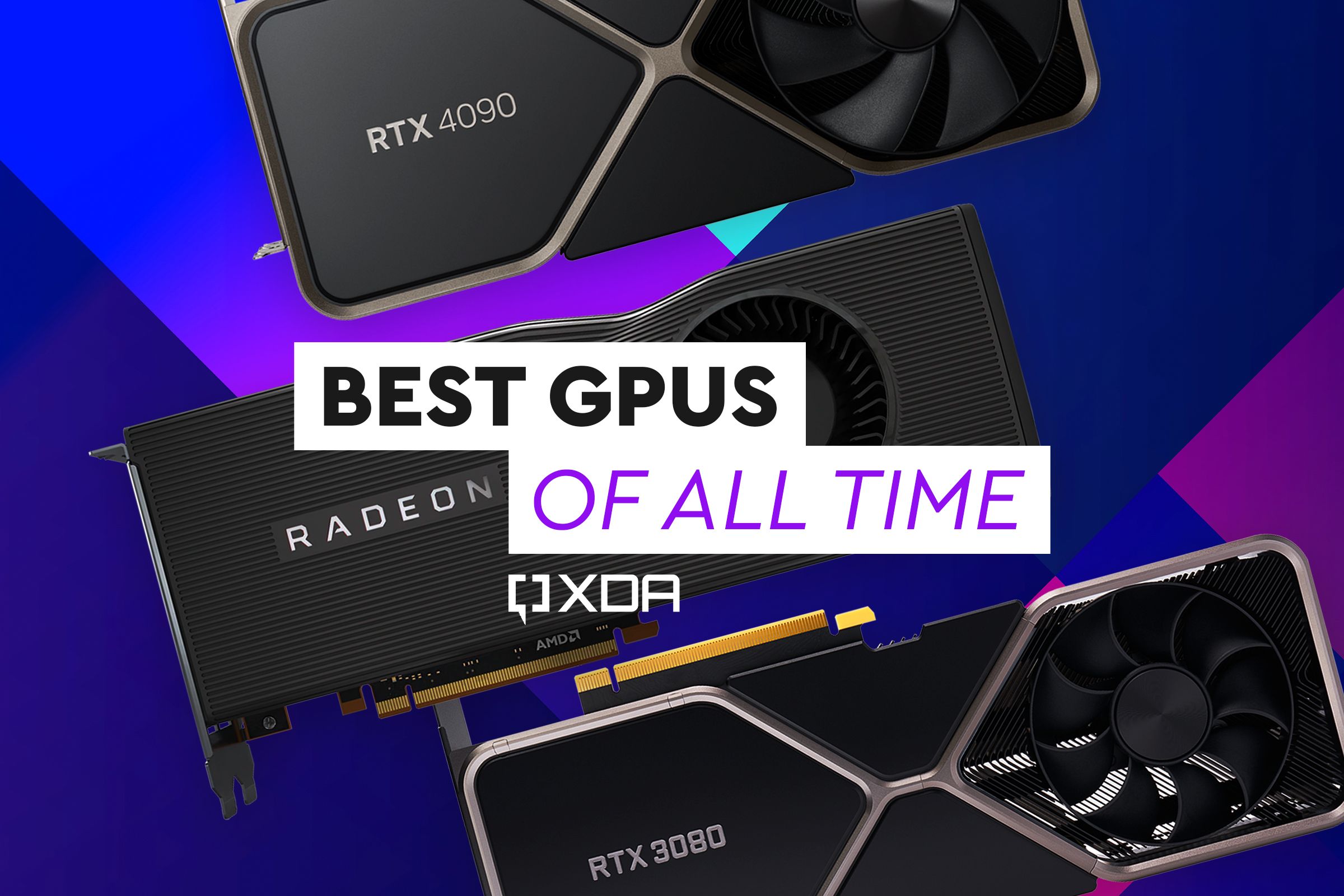
Related
7 top GPUs of all time
Of all the great GPUs ever made, there are seven that really stand out.
5
GTX 1000: Pascal becomes synonymous with GPUs
It felt like a slingshot
In hindsight, Nvidia’s GTX 900 series made it feel like the GPU industry was severely held back due to the limitations of the underlying process nodes. The shift from TSMC’s 28nm node to the 16nm node was enough to make Nvidia’s GTX 10 series GPUs a hit, despite no fundamental architectural changes from Maxwell to Pascal. The GTX 1080 was around 30% faster than the GTX 980 Ti, while being half the size, using much less power, and costing less.
The revered GTX 1080 Ti, for only $100 more, was another 30% faster than the GTX 1080. It’s not for nothing that the 1080 Ti is still one of the GPUs worth buying pre-owned, offering a 1080p and even 1440p gaming experience in many titles. Across the entire Pascal stack, Nvidia delivered massive FPS-per-dollar gains, and GPUs like the GTX 1070 and GTX 1060 became landmark products that consumers fondly remember to this day.
There were no crippling supply issues, greedy scalpers, or inflated MSRPs plaguing the GTX 10 series launch. It was the last time Nvidia offered truly great GPUs for the price, products that people genuinely wanted to buy.
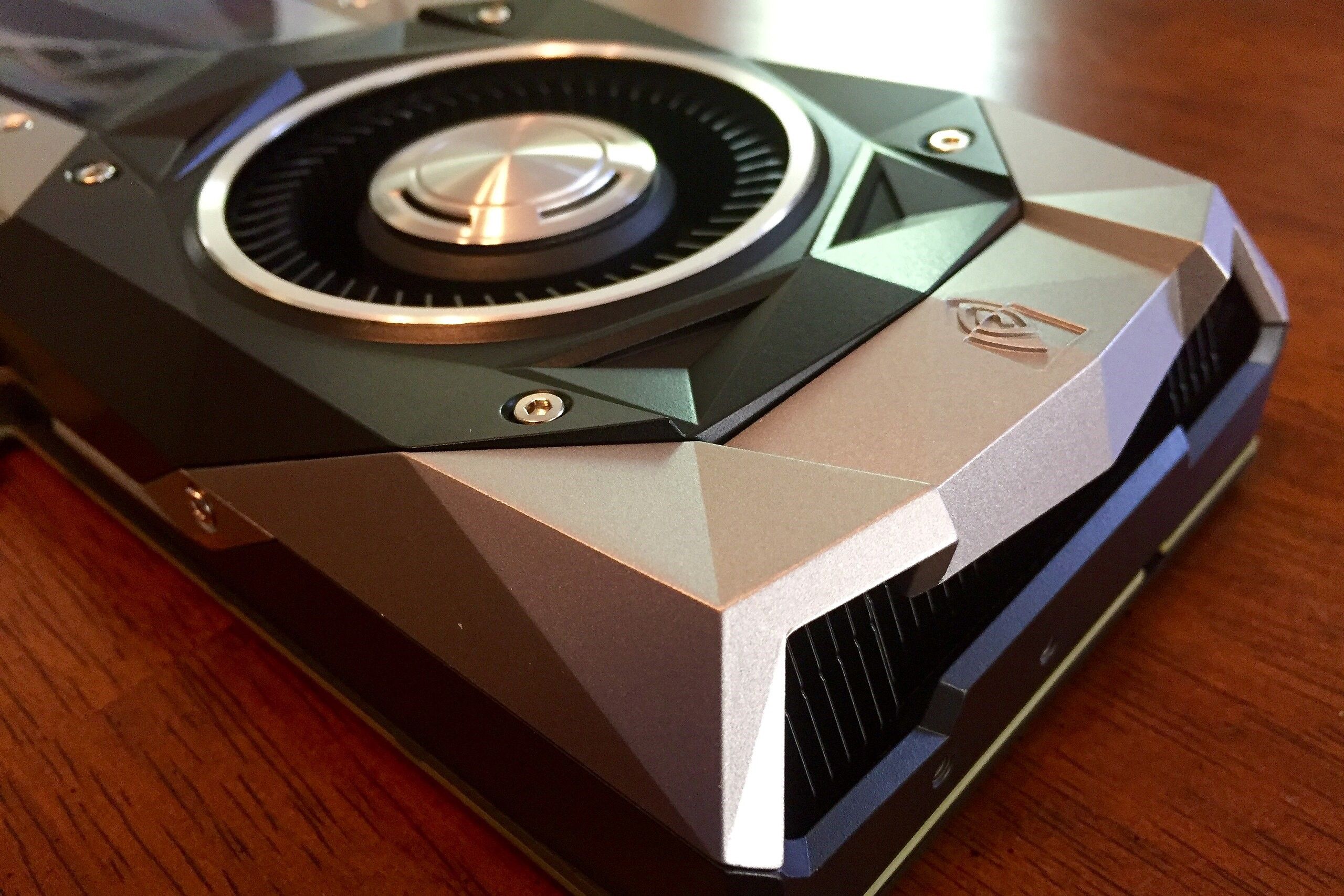
Related
10 older GPUs that are still going strong in 2024
It’s a tough world out there for old graphics cards, but these 10 champs are still kicking it
4
RTX 2000: Turing overpromises and underdelivers
The transition from GTX to RTX
Nvidia pioneered real-time ray tracing in consumer GPUs, but the tech alone wasn’t enough to position the RTX 2000 GPUs in a good light. Sure, the initial ray tracing demos were impressive, and promised new heights of realism in the latest titles, but those titles seemed to be missing from the picture. For a long time, the list of games with ray tracing effects was slim, and gamers had little incentive to part with their Pascal GPUs.
On top of that, many Turing cards weren’t that much faster than their Pascal predecessors; the RTX 2080 was only around 10% faster than the GTX 1080 Ti in some games. Nvidia hinged the higher prices of the RTX 2000 GPUs on ray tracing alone, but the industry was slow on the uptake. The mighty GTX 1080 Ti launched at $699, which wasn’t cheap by any standards, but the RTX 2080 Ti broke all records by touching $999. Nvidia GPUs had officially become luxury products, and they had little to show for it, at least not yet.
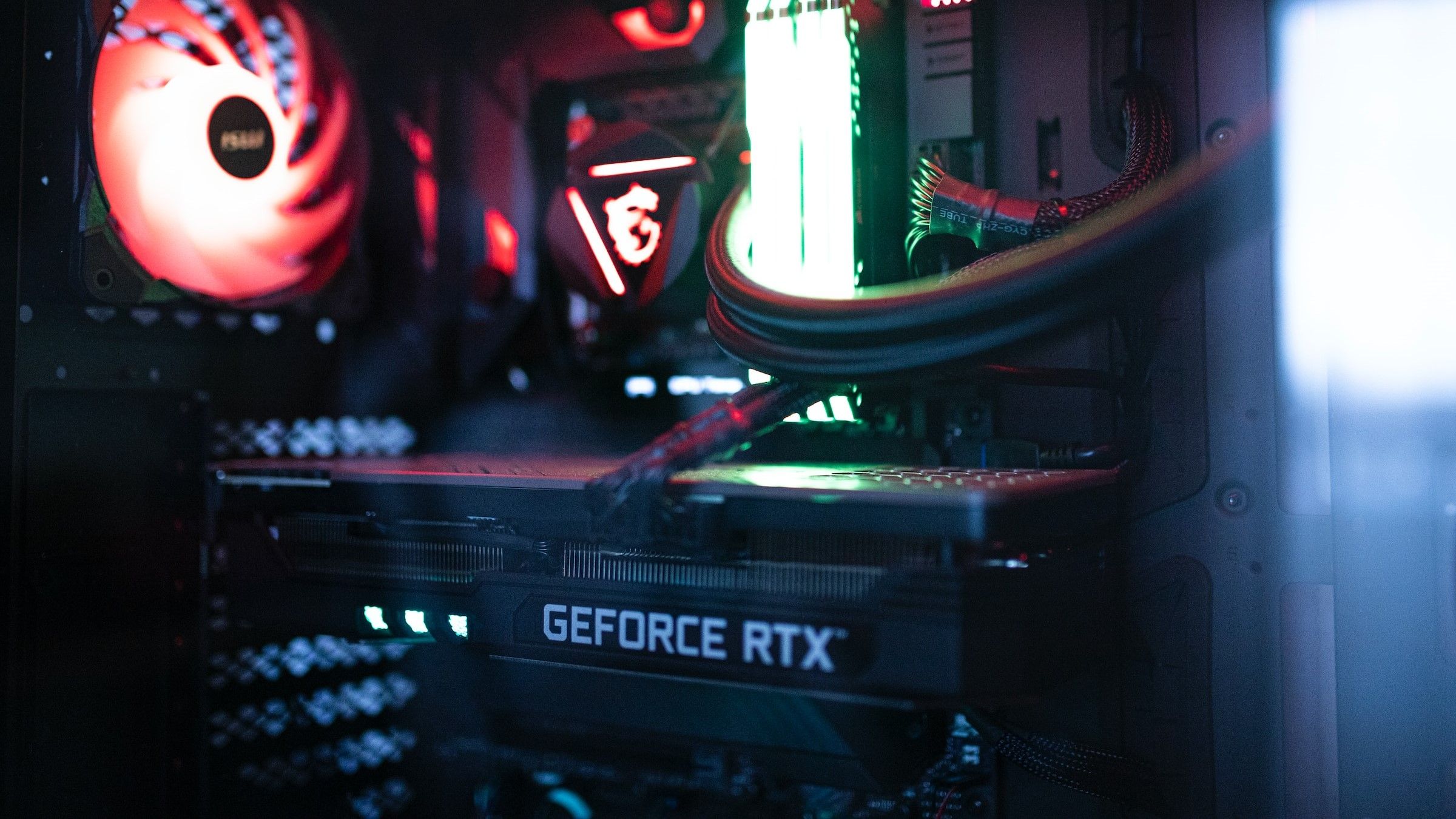
Related
3 reasons why ray tracing is here to stay
Get used to it, because it’s not going anywhere.
3
RTX 3000: Ampere launches in a terrible market
The lost generation
Nvidia knew it needed something good after the tepid response to the RTX 2000 cards. So, it launched a lineup that was genuinely great in isolation, the RTX 3000 “Ampere” series. The launch promised an RTX 3060 Ti that was going to beat the $699 RTX 2080 Super at nearly half the price. The flagship RTX 3090 at $1,499 might have been irrelevant for most consumers, but the RTX 3080 at $699 was one of the best GPUs Nvidia had made in a long time.
Nvidia cut prices across the lineup, offering killer GPUs for anyone looking for an upgrade. So, what went wrong? Basically, everything else. The RTX 3000 series launched at the worst possible time. The silicon shortage and supply chain crisis due to the pandemic, combined with the cryptocurrency boom, created a perfect storm that ensured no one could buy these amazing GPUs at the prices Nvidia had promised. The demand was unprecedented, scalpers were making bank, and the market basically came to a standstill for the average consumer.
By the time the market returned to normalcy, we were already a year into the RTX 4000 launch, meaning the Ampere lineup essentially became the lost generation.
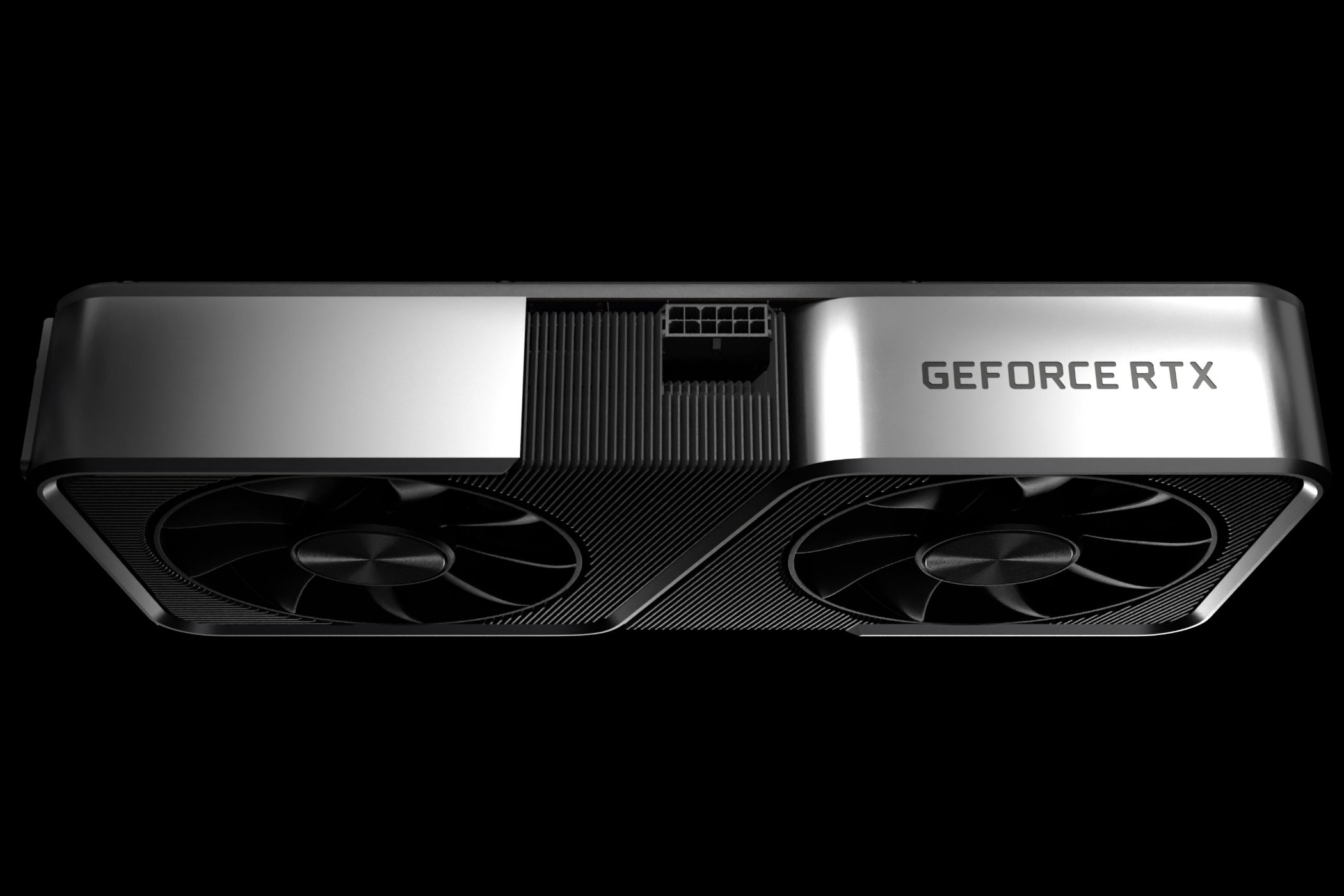
Related
5 GPUs that did not age well at all
Some graphics cards age like fine wine. These GPUs, however, did no such thing and turned out to be simply bad decisions
2
RTX 4000: Ada Lovelace falters on pricing
Nvidia’s return to form, but not in a good way
The RTX 4000 series could have been everything that the previous generation wasn’t, but Nvidia just couldn’t resist charging a ton for its brand-new GPUs. The pandemic era had made one thing clear — consumers were ready to pay anything for GPUs. And Nvidia responded with record price hikes over the RTX 30 series. The 80-class RTX 4080 saw a jump to $1,199 from the earlier $699 price point. The RTX 4090 might have been priced at just $100 more than the RTX 3090, but it always sold for much higher.
The mid-range SKUs like the RTX 4070 Ti had a lot going for them, but a lack of enough VRAM and unimpressive pricing made them immediately less exciting. Further down the stack, products like the RTX 4060 Ti were simply terrible, performing slower than their predecessors in many instances. And then, you also had the “unlaunched” RTX 4080 12GB, which was quickly exposed as being the RTX 4070 Ti in everything but name.
The Super refresh of the RTX 40 series did little to wash off the bad taste left in consumers’ mouths. It delivered small performance bumps in the mid-range and basically cut the price of the RTX 4080 by $200, a price that should have been there to begin with.
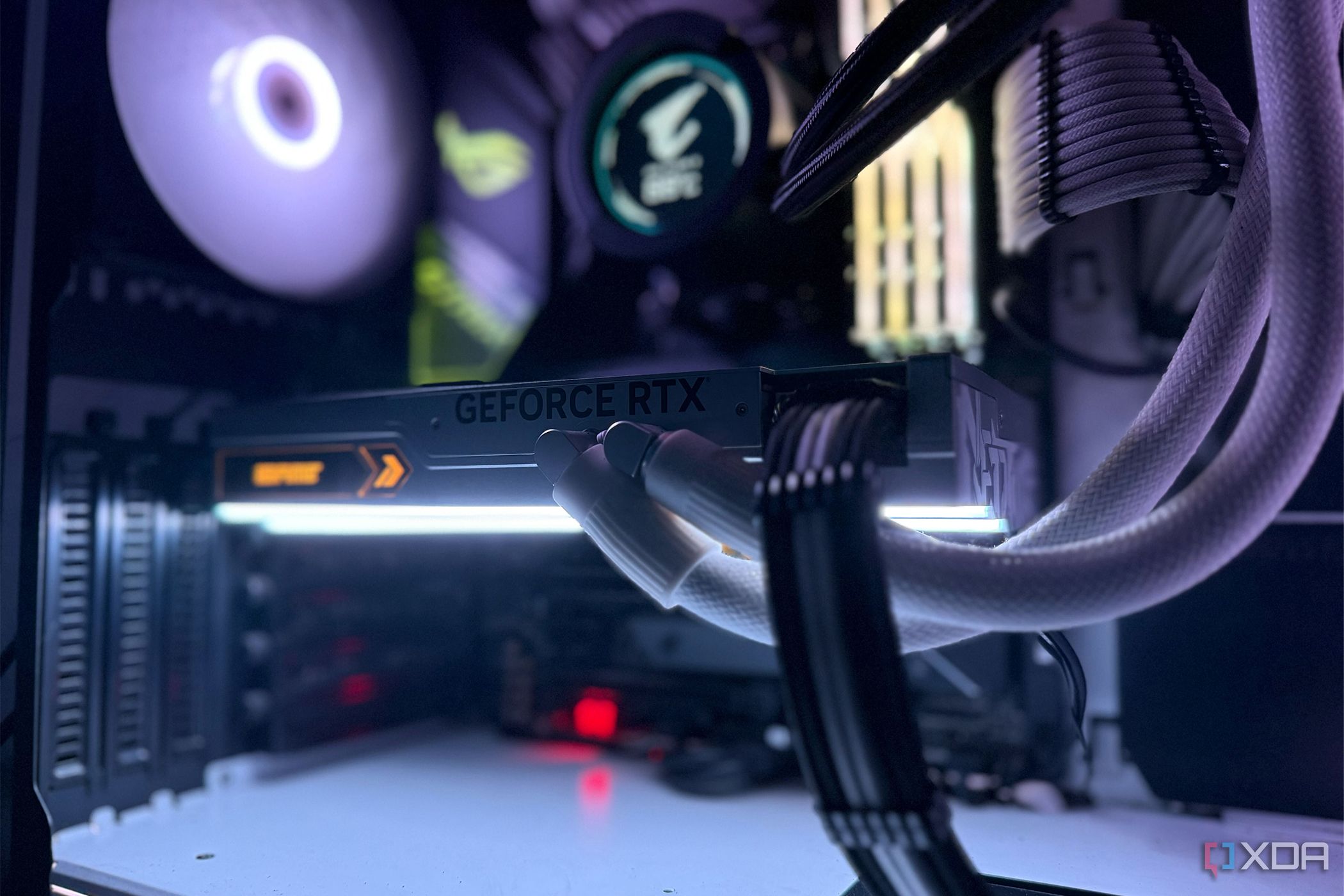
Related
4 reasons I’m keeping my RTX 4090 when the 5090 comes out
Nvidia’s RTX 5090 just isn’t tempting enough
1
RTX 5000: Blackwell heralds a black age for gaming GPUs
Nvidia stops caring altogether
The latest generation of cards from Nvidia leaves no doubt in anyone’s mind about the company’s intentions — it has fully embraced its new-age AI DNA. The Blackwell GPUs failed to deliver any meaningful gains in raw performance over the Ada Lovelace series. Nvidia enthusiastically marketed the AI-powered FPS gains, thanks to Multi Frame Generation, but the latency problems with frame generation were only exacerbated by the new technology.
The biggest problem, however, was the poor availability of the RTX 50 series GPUs. A throwback to the RTX 30 series launch, the GPU market of 2025 has been filled with scalpers, paper launches, and unrealistic MSRPs. Nvidia’s melting connectors made a comeback after debuting in 2022, and the combination of missing ROPs, terrible drivers, and little effort to keep up supply numbers show that Nvidia has stopped trying to make gaming GPUs exciting for consumers. No one’s expecting the upcoming RTX 5060 Ti and RTX 5060 to offer a good reason to upgrade either.
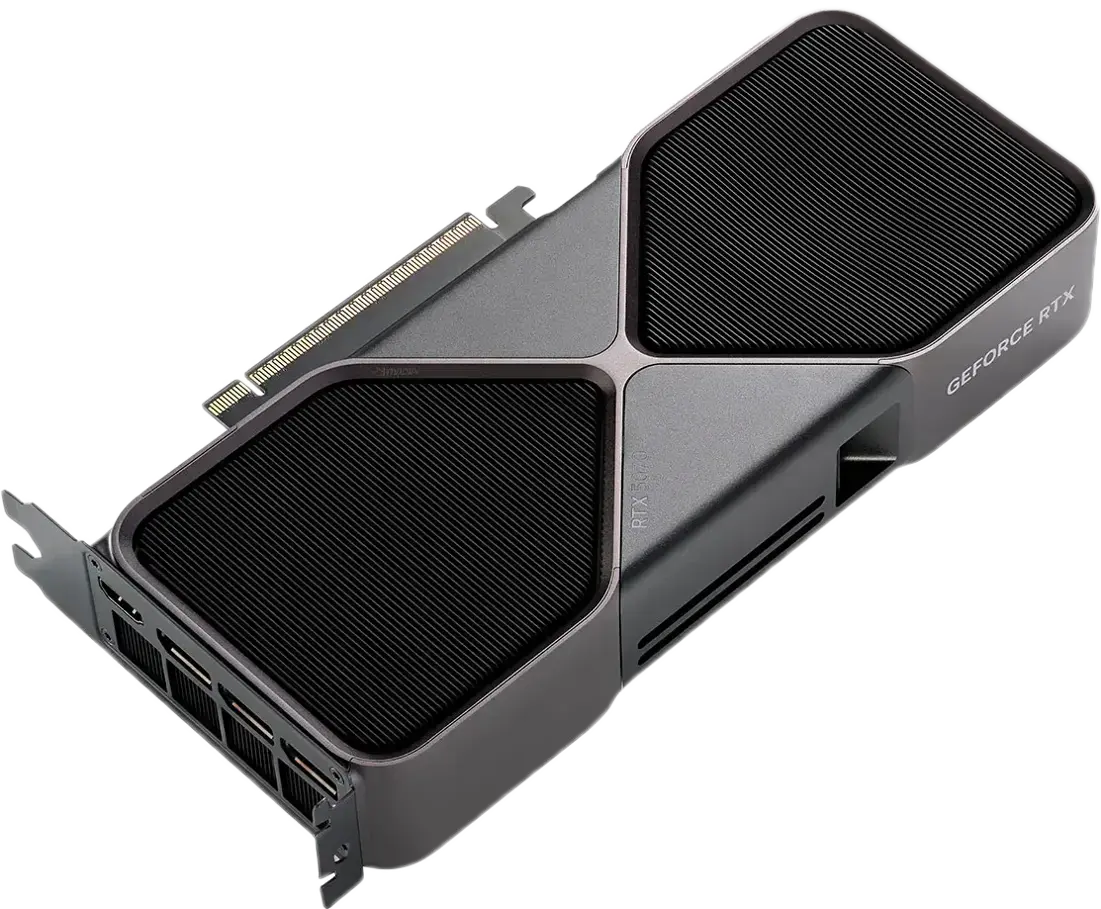
Nvidia RTX 5070 Founder’s Edition
Nvidia’s RTX 5070 is an affordable Blackwell graphics card, offering around 20% more performance than the RTX 4007 at a decent price, but only if you can find one in stock.

Related
These 6 features make Nvidia’s RTX 40 series better than the 50 series
The RTX 40 series might be previous-gen now, but it’s still better than RTX 50 for these 6 reasons
When will Nvidia make GPUs great again?
Assuming that will even happen, when does Nvidia plan to launch another generation like Pascal? Every successive lineup has been plagued by intrinsic or extrinsic problems, leading to a less-than-ideal launch. AMD’s RX 90 series has closed the gap with Nvidia in a big way, offering refreshing competition in the mid-range segment. Whether this will force Team Green to try to make its RTX 6000 series worthwhile is hard to tell. The Nvidia of today is very different from what it used to be.


